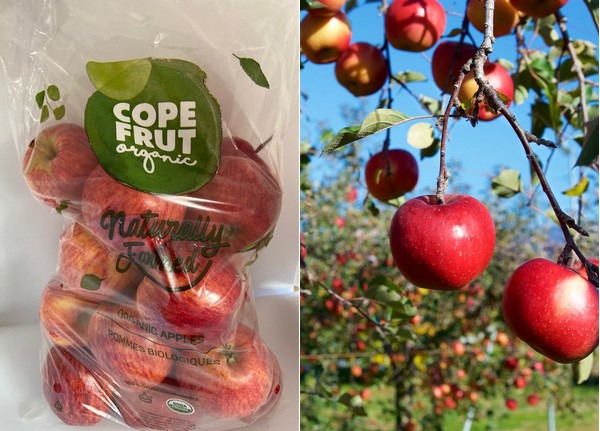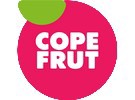Copefrut, a Chilean company, has developed a Material Recyclability Index, a measure that seeks to understand the capacity of packaging to be integrated into recycling flows.
“This quantifies the recyclability of packaging, considering not only what type of materials are being used, but also how they affect the products (inks, glues, waxes) that are applied to it and what is the effective probability of recycling in the different countries to which the materials are being sent,” said Daniela Quiroga, project engineer of Dictuc’s GreenLab Research Center at the Catholic University of Chile.
The latter point is important since she says it is of no use for a material to be optimal for recycling if there is no technology or the necessary incentive for it to be recycled.
According to the World Health Organization, for packaging to be considered sustainable, it must use “the lowest amount of materials and only essential packaging; less volume and weight; less use of plastic; sustainable life cycle from manufacturing to transport, through subsequent recycling, energy and water used; reusability; low impact on workers’ health; and materials that do not include chemicals dangerous to human or animal health.”
“We understand that sustainability is no longer an option, but rather an issue that we must develop,” María José Castillo, the company’s supply manager said.
 Copefrut's Material Recyclability Index is a measure seeking to understand the capacity of packaging to be integrated into recycling flows.
Copefrut's Material Recyclability Index is a measure seeking to understand the capacity of packaging to be integrated into recycling flows.
The addition to current sustainable actions such as oxo-biodegradable bags, Macro-Plastic Bins, Pallet Chep and 100 percent recyclable boxes and corner pieces, among others, means this year Copefrut managed the packaging of two containers with 100 percent compostable bags made from sugar cane.
The development was in the hands of the German supplier, Bio4pack, who together with a multidisciplinary team from Copefrut, provided the technology to pack organic apples. “Plastics with these characteristics can be converted into organic fertilizer and its main characteristic is that at least 90 percent of the material degrades in a maximum period of six months,” said José Castillo.
This move is the first action that was evaluated with the Recyclability Index, elaborated with the advice of Dictuc. The substitution materials increased the recyclability of each individual sale by 1.4 percent.
“Copefrut is taking charge of making a complete analysis, both of the recyclability and of the existence of the necessary channels for their recycling at the destination. The use and analysis of this indicator will make it easier for the company to identify where it has to put efforts to improve the recyclability of its packaging and efficiently and effectively approaching its sustainability objectives,” said Quiroga.
The Index, which is dynamic in its application, will make it possible to “evaluate and analyze the percentage of recyclability of each of our materials and therefore make strategic decisions that push retail, the market and the industry,” Castillo said.
 For more information:
For more information:
Copefruit
www.copefrut.com
